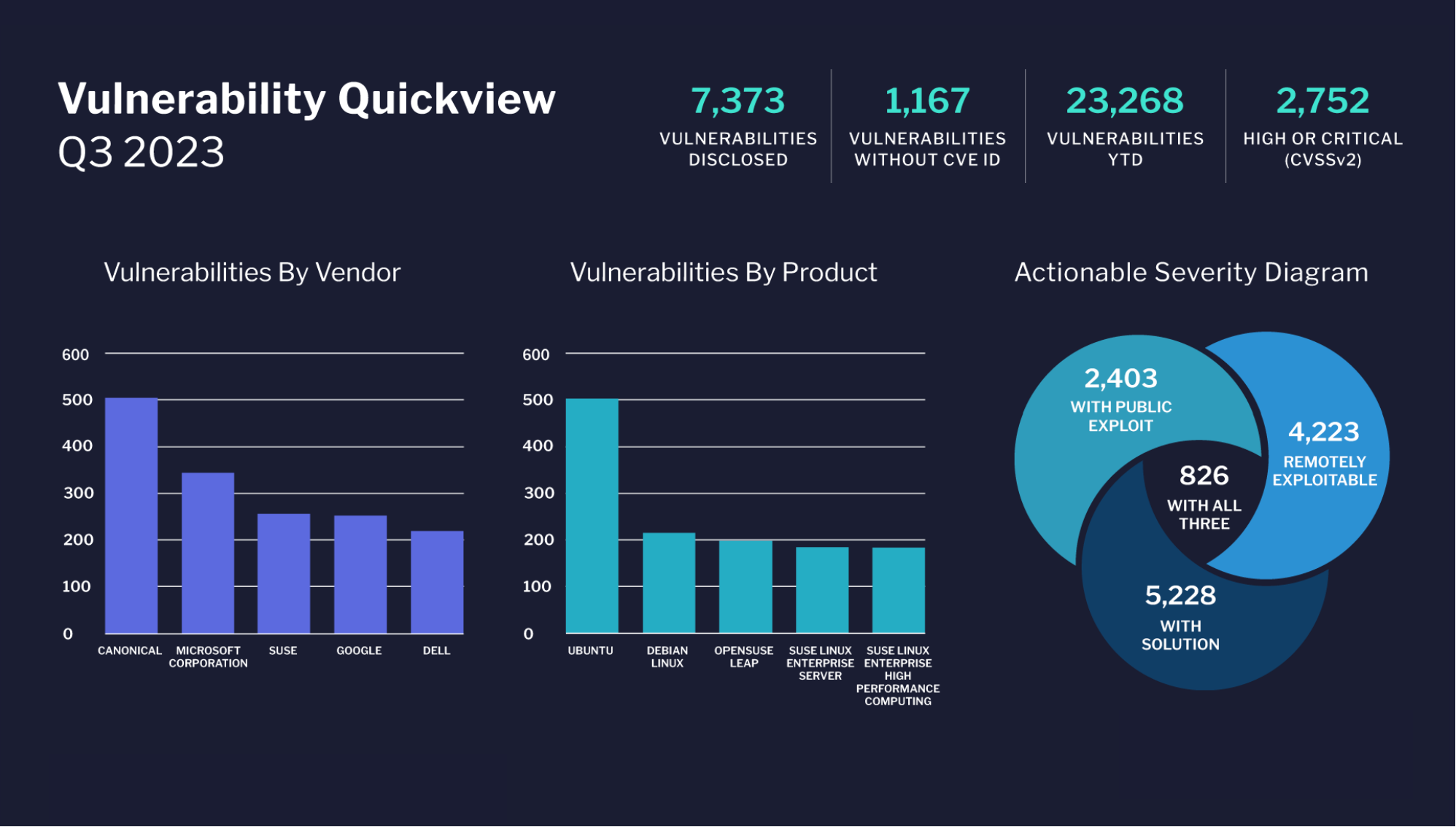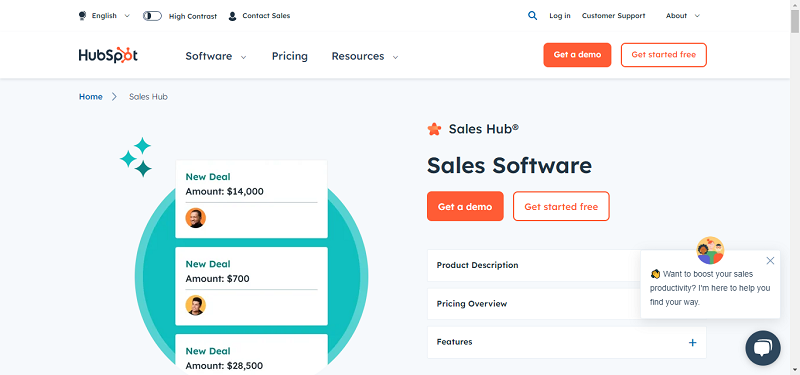As the global economy shows early signs of reviving from past months of rigormortis, forward-looking companies will be busy preparing for the next pandemic. What this means for technology executives is a more expanded portfolio in the near term, and opportunity for enhanced professional challenge over the mid and longer haul. New and broadened roles will be created by companies, as crises we face tomorrow may be as severe, or perhaps even more severe, than what we have seen over the past few months with Covid-19. The role of the CIO and CTO will be stretched to include today’s de jeur issues, and tomorrow’s unforeseen developments — whatever they may be. CIOs and CTOs are preparing now for ‘the day after’, as they address the issues of cloud access, storage and stateless applications. What this means is that Cloud Services Providers (CSPs), ISPs and Federal Government tech executives will be very busy educating the broader community regarding cloud security, remote access, and tomorrow’s virus implications.
Covid-19 and future pandemics have shown us that most companies were not sufficiently prepared for widespread lockdown and quarantine. The US economy has taken a major hit, with some level of recession virtually unavoidable. The challenges engendered by Covid-19 have been viewed from a technology lens, first and foremost: ‘how can I keep my employees/team online and effective?’, and ‘how do we communicate in this new age?’. The diversity of challenges facing us tomorrow is unprecedented – and obviously unknown – and will demand a broader skillset and functionality that is only now being quantified by, and socialized within, the confines of Board Directors’ Zoom video discussions.

What are these emerging roles and functions and how are they likely to be defined by Boards and CEOs? As volatility commenced in the runup to the 2008 financial meltdown, the role of a ‘Chief Continuity Officer’ was introduced to the corporate world. The title, at the time, anticipated crisis and recovery – how to keep your business running through unforeseen and unique circumstances. The role in its early iteration is described by Attorney Alan Sklover of Skloverworkingwisdom.com, as follows:
“With some variations, the Chief Continuity Officer is tasked with, first, identifying risks to the continued operation and existence of the organization, and, second, establishing plans, procedures and priorities to alleviate or eliminate those risks. Examples of catastrophic events that might imperil the continuity of a large organization would include terrorist incidents, internet interruptions, leadership succession stalemates, natural disasters, civil disorders, loss of critical confidence or funding, utility blackouts and credit meltdowns.
Yesterday’s CCO may have been viewed as a tactical contributor, while tomorrow’s CCO is seen as a sophisticated, business continuity, disaster recovery and strategic futurist with the capacity to ‘imagine the unimaginable’. He or she is a direct report to the CEO, and has dotted line reporting to and from the CIO/CTO, CFO and CHRO/CPO. The Chief Continuity Officer is a technology executive who knows the company’s customer-client base, has familiarity with customer service and operations, likely has had some experience or interaction with supply chain matters, and is a consultative problem solver and dialogue facilitator. This is an individual who may have come up the ranks in technology (perhaps with the Military or Federal Government) and could possess CISSP accreditation, though has most recently been active in the areas of risk assessment and threat prevention-preclusion, corporate integrity, and innovation. Smaller companies may cover some of the functionalities associated with the CCO role via CISOs and perhaps even via a technology focused GC. F500 companies will create this as a new, stand-alone functionality. The CCO of tomorrow serves as an objective sounding board to the CEO and leadership team—and is compensated accordingly.
The title of Chief Disaster Officer is a portfolio now being assessed in board rooms across the country as well. The challenge is that individuals discussing introduction of this title into organizations are largely Baby Boomers who instinctively view this role in the context of a post-event restructuring or work-out professional. It is so much more than that. The Chief Disaster Officer will have broad industry experience perhaps coupled with some strategy, operations and earlier career consulting expertise. Restructuring Advisory professionals may apply, though would need to have a solid handle on IT (including the cloud), emerging apps, supply chain and global business continuity – not a narrow job description, for sure! The Chief Disaster Officer may very well serve today as your company’s CHRO or Chief People Officer with a handle on operations and administrative functions. A high EQ is imperative for success in the CDO role, chiefly because the individual will focus on securing and ensuring the well-being and continued productivity of the employee base.
Curt Aubley, Senior Executive For Public Sector Strategy & Solutions with CrowdStrike recalls his days as a Federal Government contractor in the immediate aftermath of 9/11, when companies set up backup sites (office locations) far from where the employee based lived, and the offices were very often inaccessible for diverse reasons. Tomorrow’s CDO won’t make this mistake. Sophisticated CDOs will appreciate that employee well-being, stability and a continuing sense of ‘community’ are critical factors to business continuity and a company’s post-crisis health and success. Where complex supply chain, regulatory, multi-site, multi-national and cross-broader issues come into play, the CDO is a report to the CEO, with dotted line to the COO. The CDO may have recently functioned as COO or CHRO, and could easily pivot between one or both roles.
The challenges facing us are only increasing and becoming more diverse – and fast moving, as shown by the proliferation and cadence of Covid-19 penetration across the world. Companies must be prepared for tomorrow, and more importantly, for ‘the day after tomorrow’, and this will require a new level of capability assessment and contingency planning. Fasten your seat belts and keep the N95 masks close.
By Martin Mendelsohn





